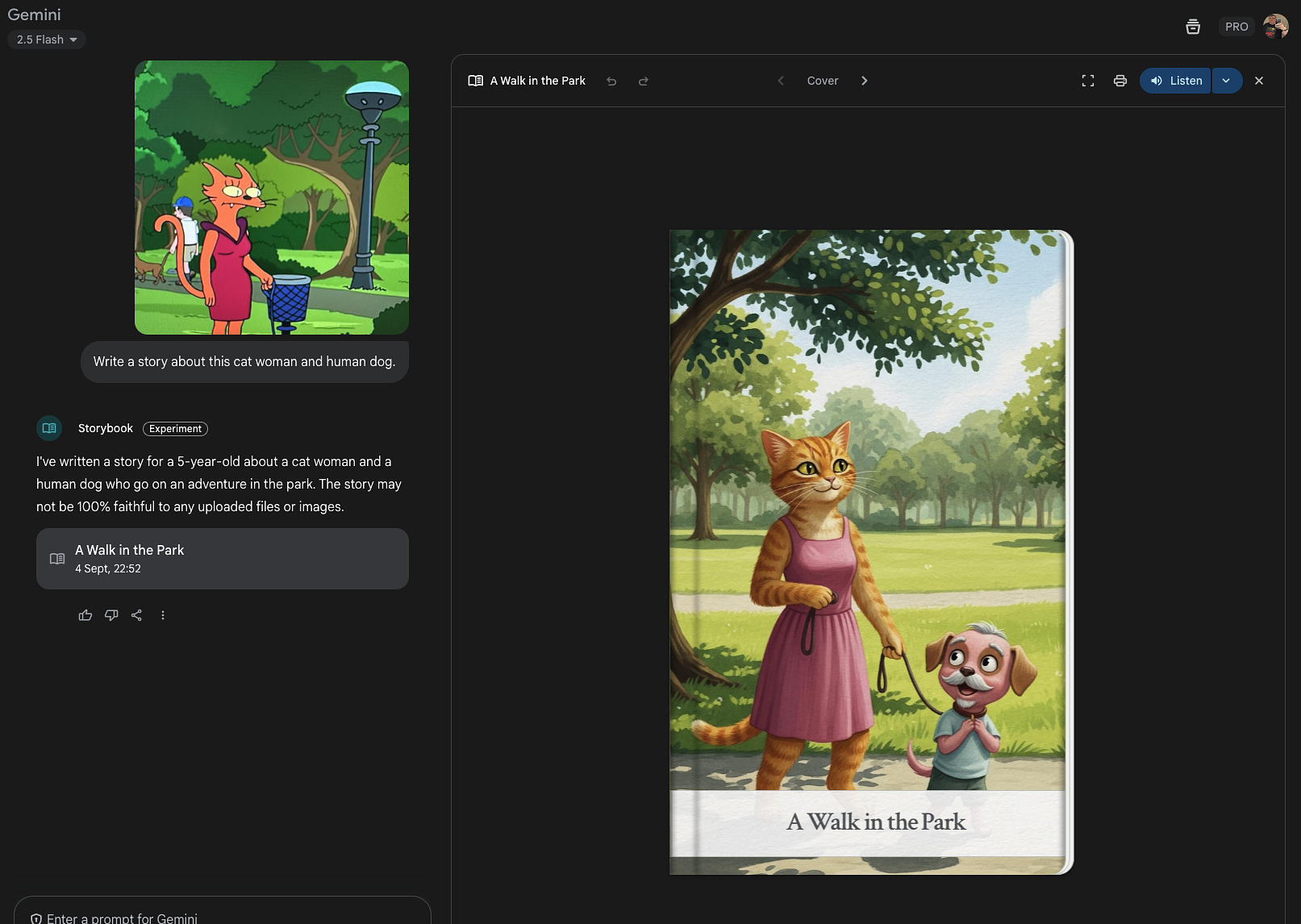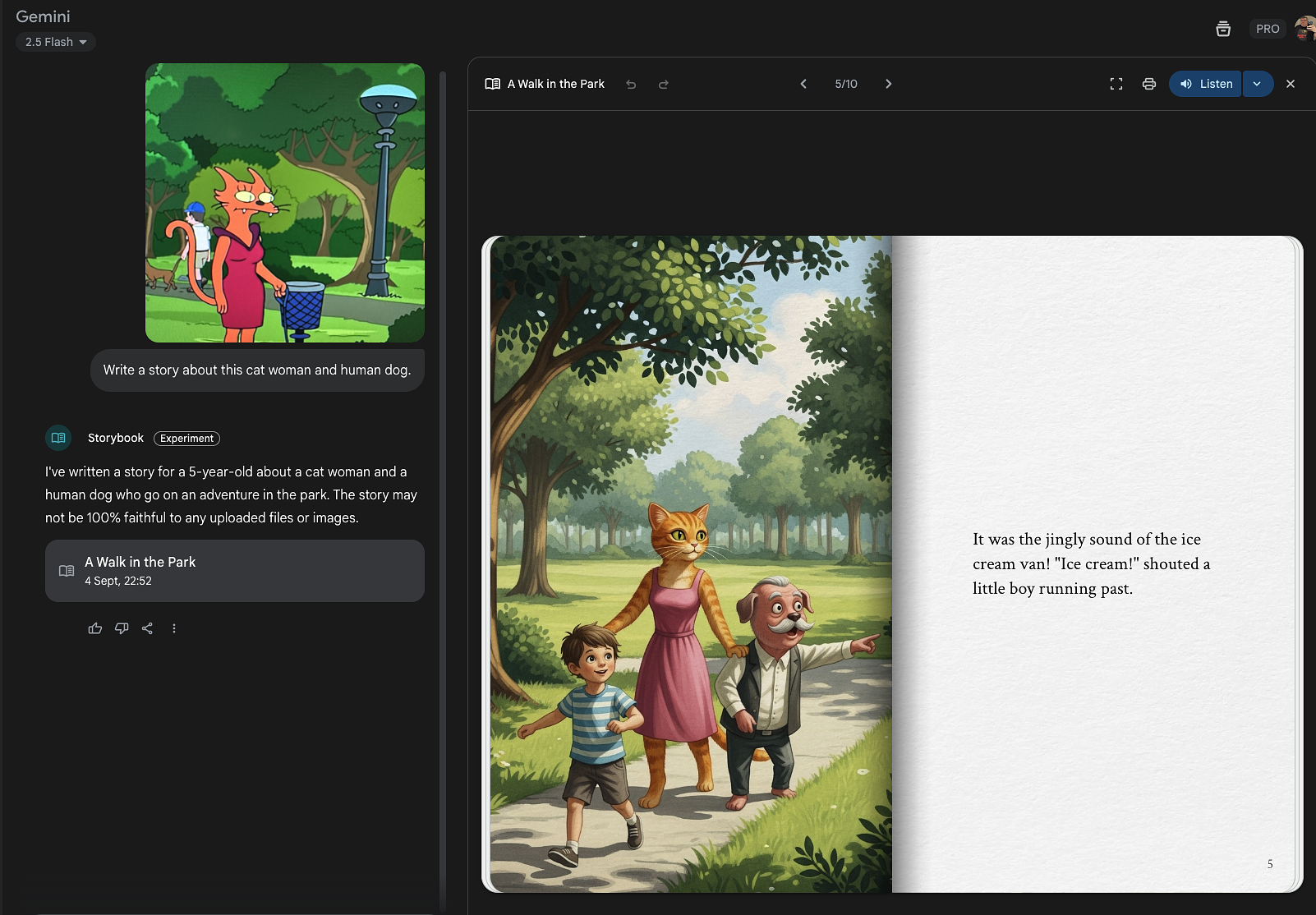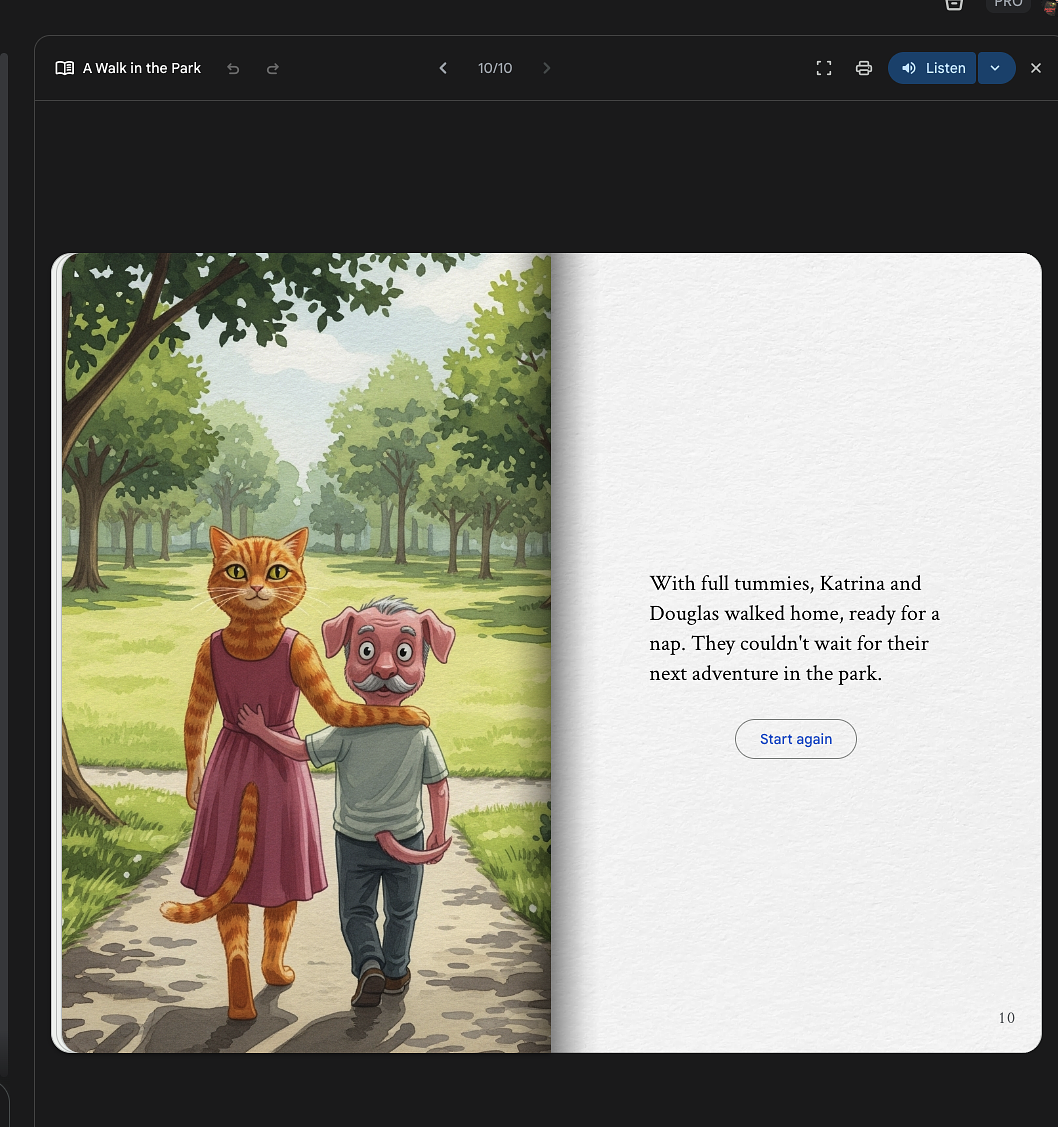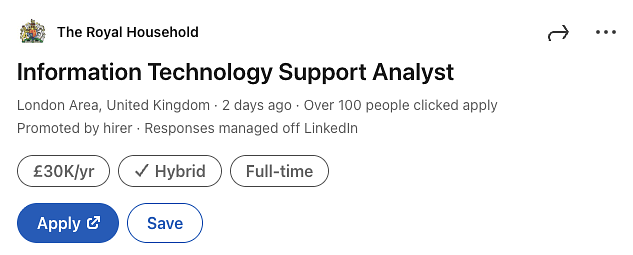First week on the dole!
This whole process feels weird. What's even stranger is that looking for a job takes more effort than you'd expect—especially keeping a spreadsheet updated with the status of every application. I've already applied for Jobseeker's Allowance and am now just waiting for an appointment at the local job centre.
I had a few interviews this week. One was an informal chat for a company in Holborn that I feel could be a very good match for me. That one felt like it went well. The second was for a fashion company and, again, it involved lots of work that would keep me busy and give me room to grow and learn. The interview was a bit wobbly because my nerves and 'noggin' were playing up, but the more I interview, the more confidence I feel building up.
The third interview was for a local-ish MSP and was very, very heavily based around Windows and Microsoft 365, with very little Linux involved. The problem is that while I've had reasonable exposure to managing Windows AD and Microsoft 365 over the past seven and a half years, that experience has been limited to whatever the business needs were. I haven't had any formal training—and what I've been learning on the job has been complemented by me taking out my own Microsoft 365 tenant at my own expense to experiment and try things out. For example, I haven't had to do SharePoint migrations. I can set up SharePoint sites, Teams groups, and the like, and manage them appropriately—but I despise SharePoint as a content management system. Give me Google Sites and Google Drive any day of the week. Microsoft 365, while a generally good product and the 'Swiss Army knife' of IT, introduces far too much complexity. It's like operating a Boeing 747 merged with an old-school Space Shuttle versus an Airbus A380 with its fly-by-wire controls and other modern technology. It doesn't help that Microsoft constantly shifts things around and has a terrible, terrible licensing system (though it is somewhat flexible). Anyway...
...that interview did not go well. Not only did I feel as if I was being grilled in a police interview room (the boss conducted the interview with two Heads of Department who were also online, but with their cameras switched off—making it feel like a two-way mirror where you know people are watching you but you can't see them), but my brain just decided it had had enough of the questioning. I told them that I wasn't the person they were looking for, as the environments I've worked in over the past few years are very different from what they need. And that was the end of the interview. However, it did help me clarify what I should be aiming for when applying for subsequent jobs. I didn't even really apply for this one—the boss found my CV on a recruitment site and emailed me directly. And kudos to him for also providing the full salary range upfront to avoid playing "The Price is Right," which so many job adverts and application forms insist you do.
One company I applied for got back to me and asked me to shorten my CV and go through a few things to clarify my details before being put forward to the person responsible for the role. There's no news on an ISP position in London, which I think would be a good fit for my skills. Still no news after three weeks from the interview for the Apple TV+ Original Productions job (though while I wait, Foundation continues to be a marvellous, marvellous show). I'm waiting for a few other things to potentially move forward, but it's all very slow.
Next week, I have an interview with the BBC, and I also have an online meeting with a job coach. I'm hoping that this will get me into better shape—at least with the interview side of things—so I can present myself without losing it. The interviews I really excel at don't ask many technical questions but rather cover my experience and the projects and other things I've worked on—including home projects (which is why I learn a lot of my trade; it's not just a job, it's a hobby). These interviews feel relaxed and informal, unlike what I experienced this week. Every company has its own interview style, of course, and they want to be sure before they spend the money (even with a probation period), but over the course of my 29-year career, all the interviews I've had have been informal and chatty, with them trusting me to get the job done without having to go give me the third-degree, My point is - everybody has different ways of handling interviews, but also have different ways of working. Sometimes never the twain shall meet. I might be bad at interviewing, but still excel at the job.
Here's an example from my three-month probation appraisal at KPS (which was called Envoy way back in 2018)...
Colleagues and peers were approached for their feedback on your
contributions to Envoy since you joined three months ago. Overall,
everyone is really pleased and impressed with how you've settled in.
Your personality is shining through, and you've built a good rapport
with your colleagues, specifically with Shaf. You consistently show a
well-thought-out process, care, and attention to the detail of the tasks
at hand. You've also achieved some key wins over long-standing issues at
Envoy, which Shaf and Tim are particularly happy with. Please keep this
up!
Specifically regarding system administration,
your technical knowledge and ability are superb, along with your good
communication and excellent documentation skills. Martyn's weekly
security highlights emails, for example, are always on point and very
informative. Shaf has been impressed with how you've picked up Envoy's
suite of technologies with ease despite lacking experience in some of
these areas when you first joined. Moreover, it's been noted that you've
taken time outside of work to gain good working knowledge of Varnish,
which is much appreciated and a testament to your overall professional
attitude. Being able to problem-solve with very little information or a
simple shell command from Shaf is another great trait that a good system
administrator should have, and Martyn consistently and clearly
demonstrates this.
You are always eager and hungry to problem-solve, fix live issues, and help users. This is a strength, but we need to watch this to ensure it doesn't become a weakness. Although you are skilled, there have been a few occasions where you have been too hard on yourself for missing something elementary or for following a solution when a better one presented itself later. We'd like you to understand that technical problems are a team concern, and you shouldn't feel the need to take on the burden by yourself. Please confer more with the team—more heads are better than one!
The last paragraph picked up on one of my weaknesses of overthinking a problem. I still do it from time to time, but I feel I have gotten better over the years, particular as I have been working with a larger team at SMG.
And finally, this was the feedback I got from Epic Games (which was the job I really wanted) which shows a dramatic difference between the above former appraisal and interviewing for the job at Epic:
Overall, your technical ability was at the level that we are looking for. You answered the questions correctly, and it's clear that you have become well-read and experienced in these areas. I think you said that you felt nervous, and that probably fed through, as they did say that they were unsure about your communication style, and how that would work in an environment like Epics. In the end, they did not feel that it was the correct match.
It's quite a difference, and it's a pity I was unable to demonstrate that to the team at Epic at the time. As I've said, I have been in almost continuous employment for 29 years, and if there were issues with my communication, I would have been fired or failed my probationary period (neither of which has ever happened, thankfully). All of my annual and semi-annual appraisals have been positive.





